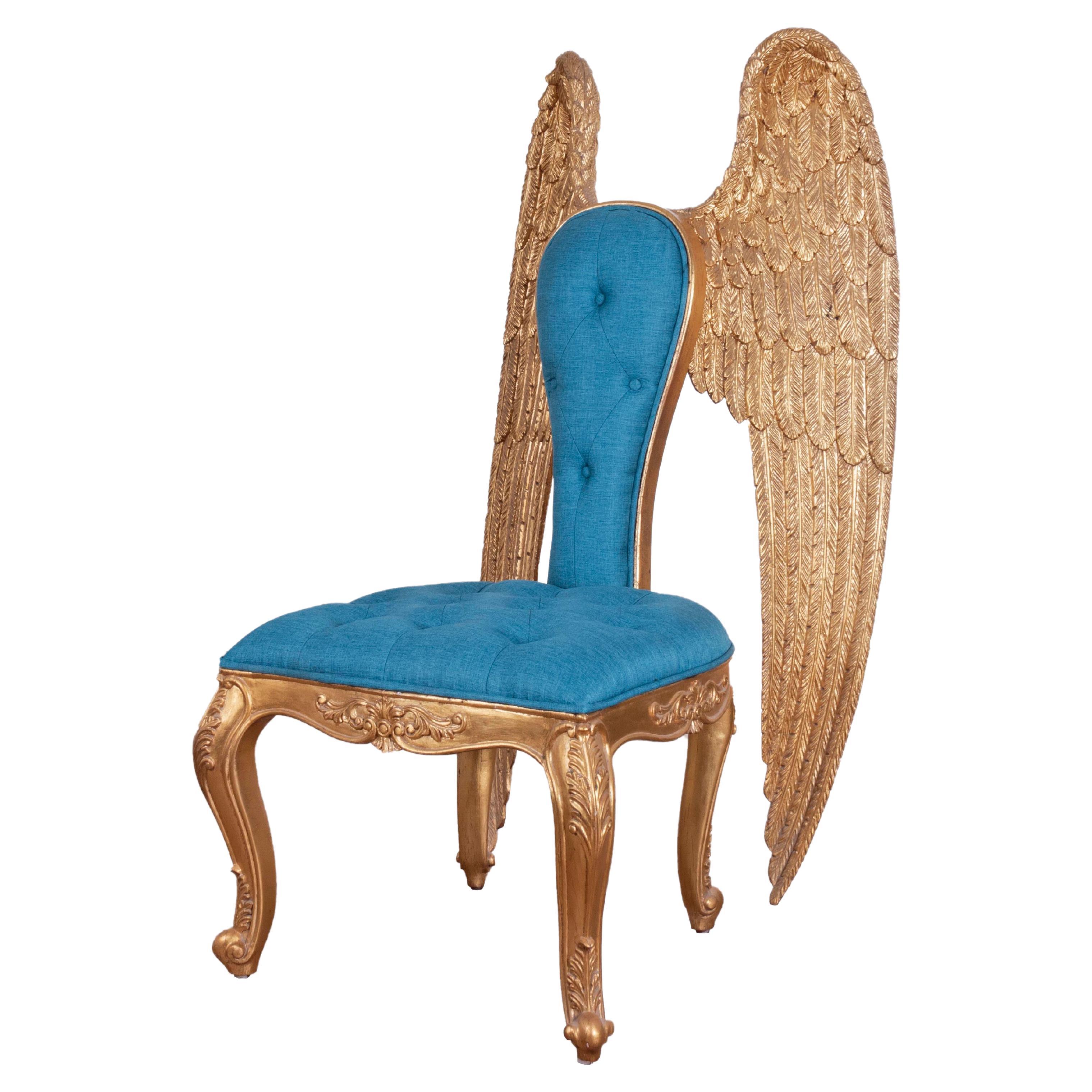Wingback Rocking Chair Design Elements: Wing Back Rocking Chair

Ah, the wingback rocking chair – a throne of comfort, a testament to fine craftsmanship, and a surprisingly complex piece of furniture with a history as wobbly as its namesake. Let’s delve into the design elements that make these chairs so irresistible, from their surprisingly storied past to the ergonomic nuances that separate a good rock from a great one.
Historical Evolution of Wingback Rocking Chair Design
The wingback rocking chair, as we know it, isn’t some overnight sensation. It’s the result of a long and winding (pun intended) journey through design history. Early versions, appearing centuries ago, lacked the distinct wings and often featured simpler, less ornate designs. Think sturdy, functional seating, more akin to a sturdy farm chair than a piece of living room art. The addition of the iconic wings, initially designed to deflect drafts and offer added warmth, came later. The Victorian era saw an explosion of elaborate designs, with swirling curves, intricate carvings, and plush upholstery. Then came the more minimalist Mission style, with its clean lines and emphasis on functionality. Each era left its mark, resulting in the diverse range of wingback rockers we see today. Think of it as a rocking chair family tree – with some branches getting a little…wild.
Comparison of Wingback Rocking Chair Styles, Wing back rocking chair
Let’s compare some key styles using a table. Remember, these are generalizations; variations exist within each style.
| Style | Wood Type | Seat Material | Distinctive Features |
|---|---|---|---|
| Shaker | Maple, Cherry, Beech | Rush, woven fabric | Simple, clean lines; understated elegance; often lacks elaborate ornamentation. |
| Victorian | Mahogany, Walnut, Oak | Upholstered in velvet, brocade, or other rich fabrics | Ornate carvings; curved lines; often features high backs and elaborate detailing; plush and luxurious. |
| Mission | Oak, sometimes mahogany | Leather, canvas | Straight lines; emphasis on functionality; minimal ornamentation; often features a sturdy, substantial feel. |
Ergonomic Considerations in Wingback Rocking Chair Design
Comfort isn’t just about aesthetics; it’s about science! A well-designed wingback rocker considers several key ergonomic factors. The ideal seat depth should allow for proper thigh support without feeling cramped. The back angle needs to provide adequate lumbar support, preventing slouching and promoting good posture (because even rocking chairs deserve proper posture). Armrests should be positioned at a height that allows your arms to rest comfortably, preventing strain on your shoulders and neck. Think of it as a Goldilocks situation: not too deep, not too shallow, not too high, not too low – just right!
Wood Types Used in Wingback Rocking Chair Construction
The wood you choose dramatically affects the chair’s durability, aesthetic, and overall feel. Oak, for example, is known for its strength and durability, making it a popular choice for rockers that will see a lot of use (and maybe a few accidental tumbles). Mahogany offers a rich, luxurious look and feel, while cherry boasts a warm, reddish hue that deepens with age. The choice ultimately depends on your personal preferences and budget. Just remember, cheap wood might mean a wobbly future. And no one wants a wobbly rocking chair future.
